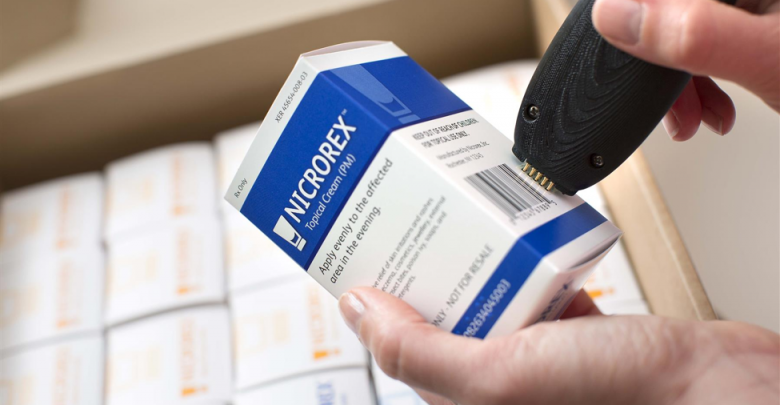Smart Packaging Brings Visibility into Pharmaceutical Supply Chain
Written by Carro Ford – Content Marketing, Xerox

While the pharmaceutical and life sciences industries pursue the goal of improving lives, they face a raft of challenges. It’s increasingly expensive to bring new formulas to market. Competition is fierce, especially from generic medicines. As aging populations require more healthcare, governments want to decrease reimbursement rates. Compliance rules abound. Operational costs are high.
The challenges of batch manufacturing and pharmaceuticals logistics demand constant monitoring in areas such as:
- Shortcomings related to drug expiration date management
- Counterfeiting issues that jeopardize quality of care
- Product degradation and recalls
Re-designing the Pharma Value Chain
A lot of work has already gone into re-designing the pharmaceutical value chain and turning these challenges into opportunities. The pharmaceutical industry has adopted digital technologies and implemented Industry 4.0 practices. Pharma has followed the aerospace and automotive sectors in leveraging big data, system integration, cloud, additive manufacturing, AR and IoT.
Supply chain effectiveness and efficiency have improved through shop-floor automation, electronic batch records, ERP and warehouse management systems. Among IoT supply chain applications, one breakthrough has been sensor-equipped “smart” packaging. These embedded printable electronics track a product along the supply chain to the end user.
What Is Smart Packaging Used For?
Digital supply chains use “informed logistics” to monitor product quality and delivery with increased visibility, traceability and compliance. The information improves quality monitoring, because smart packaging can give details on how the medicines were handled, stored and shipped. You know if it was dropped, subjected to extreme temperatures or pressure, or otherwise mishandled during shipment. Real-time analysis of inventory movement feeds data to the central Warehouse Management System.
Smart packaging brings on-demand visibility into warehousing and helps efficiency an area that, according to a McKinsey study, accounts for 95% of pharma logistics costs. For example, when smart packaging monitors temperature-sensitive products, it generates alerts in case of storage of variances.
It’s not just shipment damage that must be closely watched. Counterfeiting is also a serious problem that can be monitored with smart packaging. Counterfeiters have claimed around a third of the entire market—worth some $200 billion—and are implicated in the deaths of up to one million people each year due to toxic or ineffective drugs.
Logistics Visibility and Control in Pharmaceutical Cold Chains
The existing cold chain logistics and storage market handles approximately $260 billion worth of products. It is estimated that 20% of these goods are wasted during shipping and transportation. Control of cold chain conditions is paramount for products such as biologics that contain active ingredients with shorter shelf lives. Temperature requirements must be respected to reduce costs and waste from spoilage, plus avoid fines or brand negativity for health risks.

.gif)


